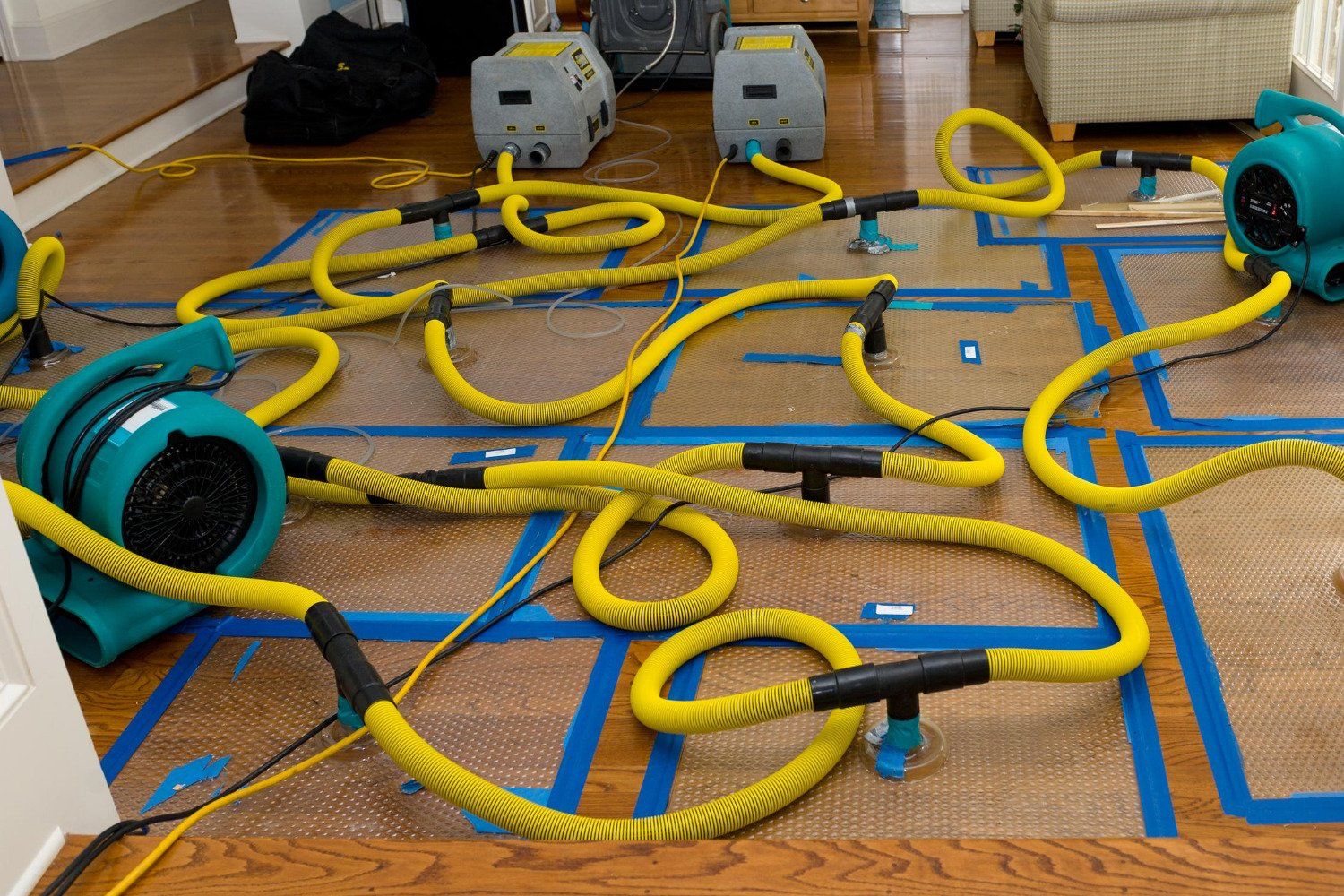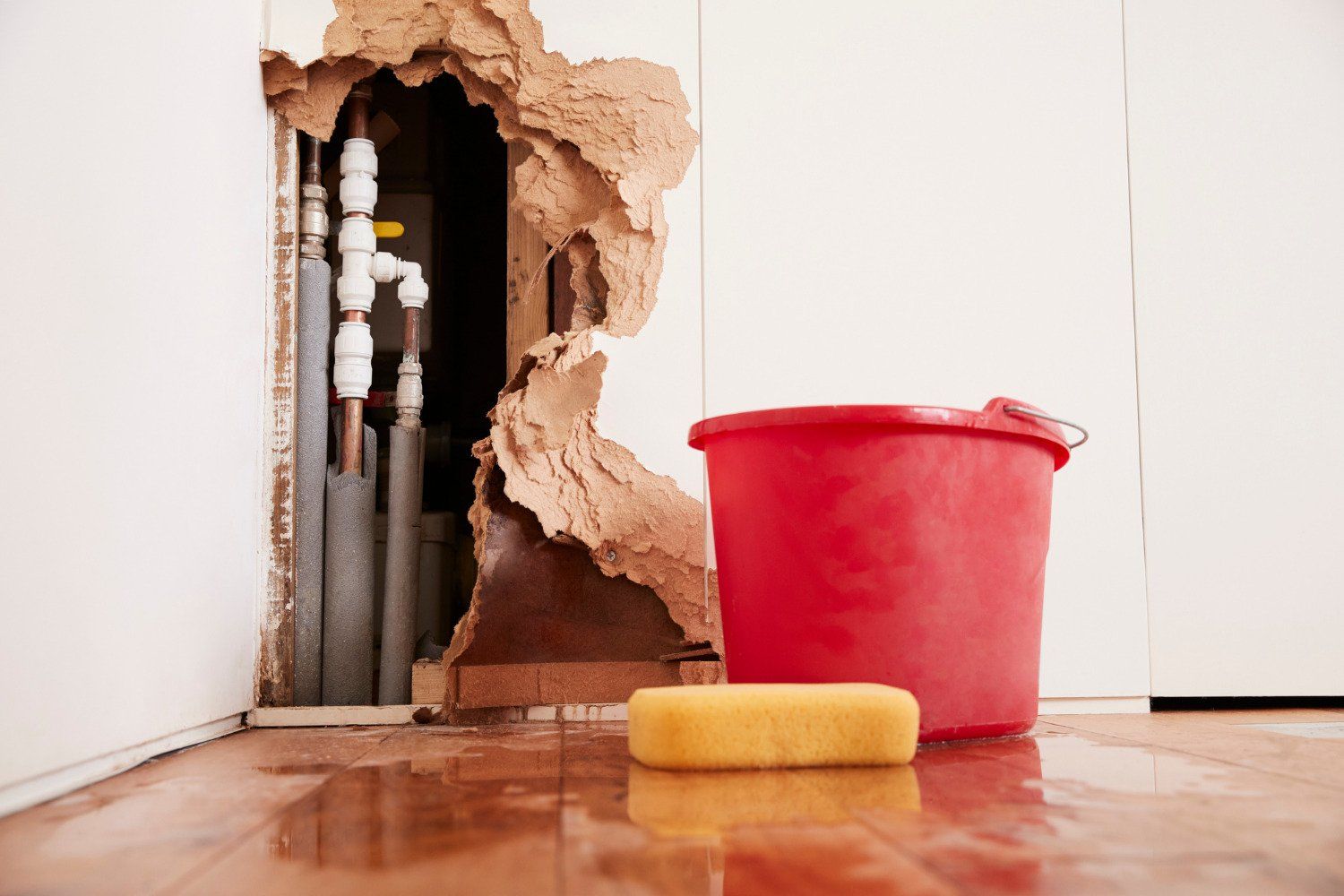Navigating Restoration Insurance Claims: A Step-by-Step Guide for Houston Homeowners
Experiencing property damage due to water, fire, or mold can be a harrowing event for any homeowner, more so if you are faced with the difficult task of filing an insurance claim. As a homeowner in Houston, TX, it is essential to understand the restoration insurance claims process and maximize your claim's potential payout. Ensuring proper coverage for the costs of water damage cleanup, mold remediation, fire damage repair, or reconstruction services from a reputable company like Blue Hippo Restoration is crucial to helping you restore your property to its pre-loss condition.
This blog post aims to educate and guide Houston homeowners through the often challenging and complex restoration insurance claims process. We will outline crucial steps to take after discovering property damage, information you will need to gather for your insurance company, and how to work with your insurance adjuster and restoration professionals effectively. Our comprehensive, step-by-step guide will alleviate the stress associated with insurance claims and equip you with the knowledge needed to recover costs involved in your home's restoration.
Step 1: Assess and Document Property Damage
The first step in the insurance claims process involves assessing and documenting the extent of the damage to your property. It is important to gather as much evidence as possible, as this information will be critical when filing your claim with your insurance provider.
Take photographs and videos of the damaged areas, capturing both wide-angle shots and close-ups of specific issues.- Make a detailed list of damaged items, including descriptions and estimated replacement costs.
- Obtain any necessary repair estimates from professional restoration companies like Blue Hippo Restoration.
Step 2: Contact Your Insurance Company
Once you have documented the property damage, it's time to get in touch with your insurance provider. Most policies require homeowners to report damage within a specific timeframe, so make sure to do this as soon as possible to avoid delays or claim denial.
Notify your insurance company of the damage, providing them with relevant details and any available evidence.- Request a copy of your policy and review it thoroughly to understand the coverage, limits, and exclusions.
- Ask about the claims process, including any required documentation and deadlines for submitting a claim.
Step 3: Prepare and File Your Claim
Armed with your evidence and policy information, it's time to prepare and file your insurance claim. Ensure to complete all required forms accurately and provide detailed documentation to support your claim.
Review your policy's guidelines for submitting a claim and follow the instructions for proper filing.- Include all relevant documentation, such as photographs, videos, and repair estimates.
- Keep detailed records of all correspondence and documents submitted to your insurance company, including dates and times of contact with your insurer.
Step 4: Work with the Insurance Adjuster
After filing a claim, your insurance company will assign an adjuster to assess the damage to your property and determine the appropriate amount of coverage. To ensure the best possible outcome, it's important to work closely with your adjuster and provide any additional information they may require.
Schedule an appointment for the insurance adjuster to inspect your property.- Prepare a list of questions or concerns to discuss with the adjuster.
- Be present during the adjuster's visit and be available to answer any questions they may have.
Step 5: Coordinate with Restoration Professionals
The final step in navigating the restoration insurance claims process involves working closely with a professional restoration company like Blue Hippo Restoration. These professionals can help you navigate the complexities of the claims process and ensure that your property is properly restored.
Coordinate with your restoration team to align repair or reconstruction plans with your insurance adjuster's findings.- Communicate with your insurance company to ensure they approve and cover the selected restoration services.
- Stay informed about the progress of your home's restoration and maintain open communication with both your insurance provider and the restoration professionals.
Conclusion:
Navigating the restoration insurance claims process can be a daunting task for many Houston homeowners. By following this step-by-step guide and partnering with experienced restoration professionals like Blue Hippo Restoration, you can streamline the insurance claims process and secure the appropriate coverage to restore your property. Knowledge and diligence are key to ensuring a successful outcome, so arm yourself with information and keep lines of communication open with your insurance company and restoration service providers.
Are you a Houston homeowner dealing with water, fire, or mold damage with? At Blue Hippo Restoration, we offer
24/7 restoration services and can help guide you through the insurance claims process and provide high-quality restoration services to get your property back to its pre-damage condition. Our team of experienced professionals is equipped with the latest technology and techniques to handle any type of damage, from minor leaks to major disasters. Contact us for a free consultation and let us guide you through the restoration process, including helping you navigate your insurance claim!
More To Explore
Need Help With Disaster Restoration?
GET A FREE QUOTE TODAY
We are IICRC certified and hire only the most trustworthy and dedicated team members to ensure that each job is taken seriously and handled with absolute professionalism.


